I aspire to design and build a natural home, eventually. I’m sharing these photos and this information in hopes that others will find inspiration for going back to a simpler, more natural way of living.
Discover Inspiration to Build a Natural Home

Hobbiton Magic
Watching the Hobbit and Lord of the Rings movies, the scenes in Hobbiton make me feel full of hope and peace. One could easily imagine themselves living naturally in small earth homes with gardens and down-to-earth crafts. I dream of being an artist, herbalist, gardener, and chef in my hobbit home.
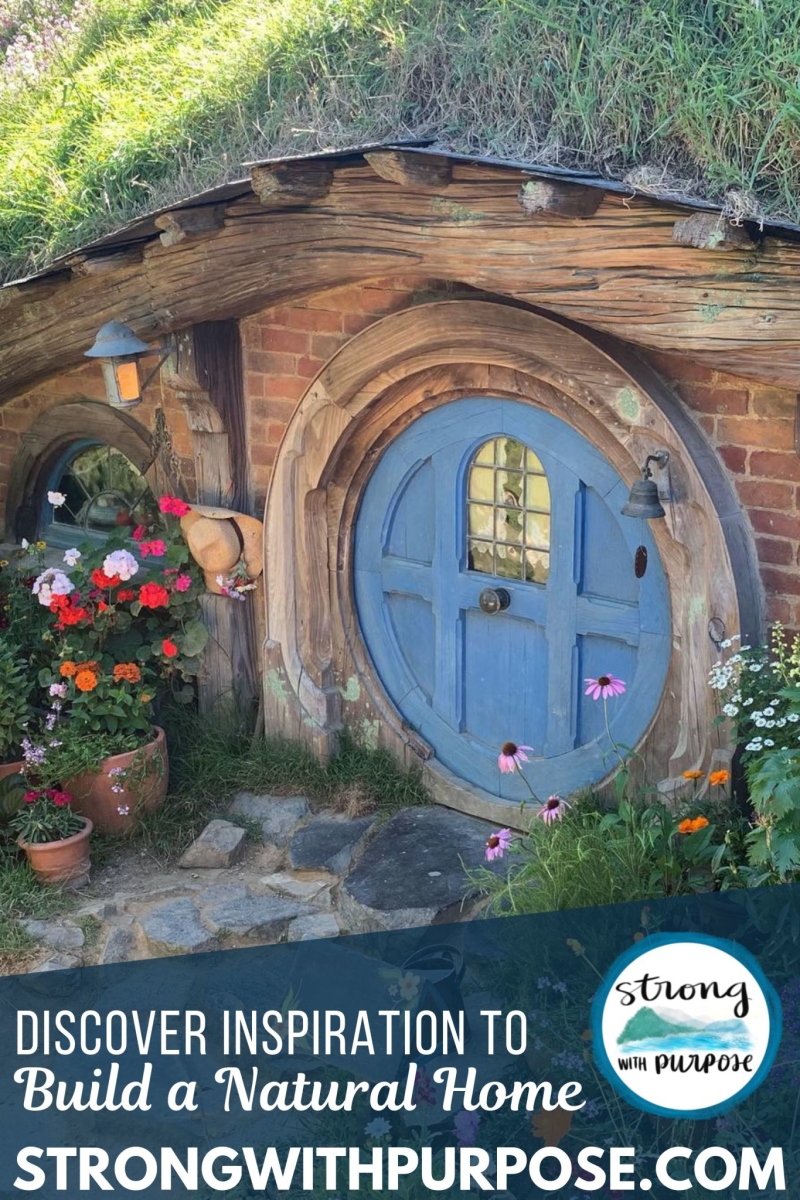
Being at Hobbiton in Matamata, New Zealand gave me all the feelings. On the way there I cried with excited anticipation and on the way back and cried with sadness that our moments in Hobbiton were over. It all went by way too quickly.
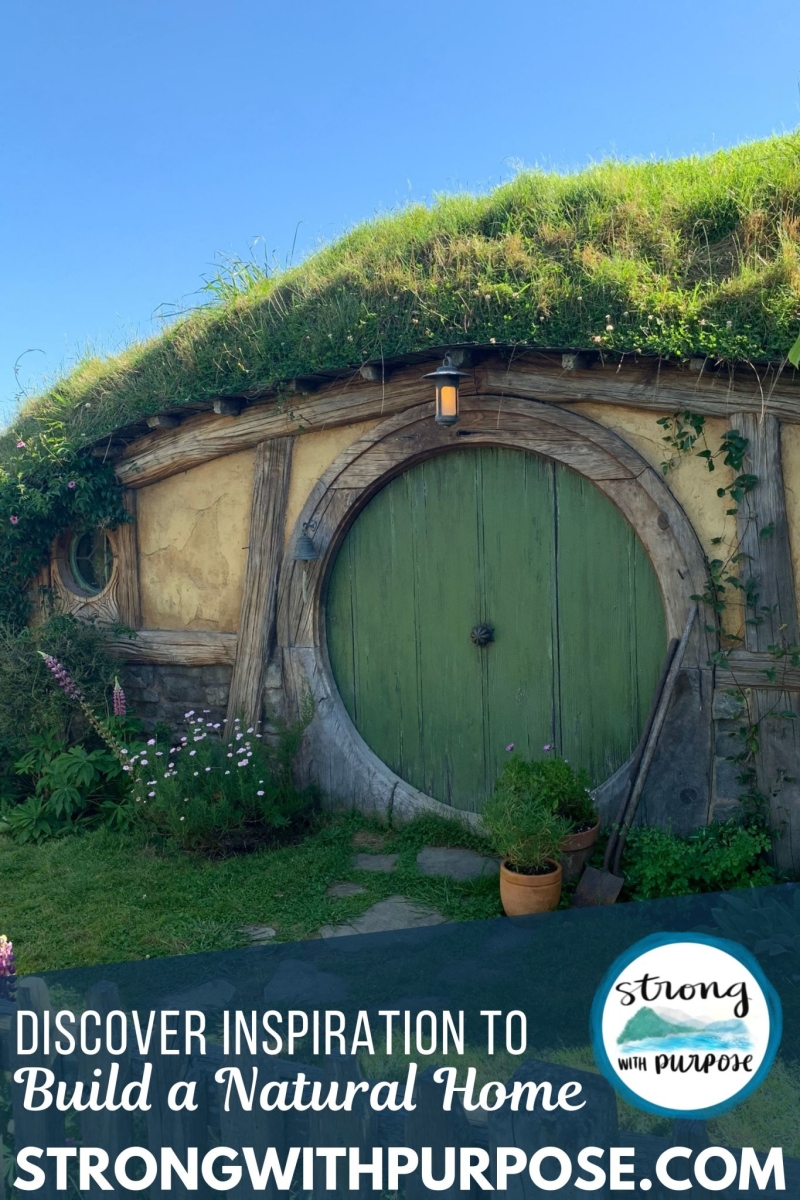
I’m inspired by many aspects of the hobbit homes, including the round doors, round windows, lantern-style outdoor lighting, cobblestone paths, beautiful gardens, and exteriors of earth plaster, wood, and stone.
Real Natural Homes at Strawbale Studio
Strawbale Studio is located in Oxford, Michigan. They have a natural building educational program where they host dozens of workshops each year including straw bale basics, living roof, earth plaster & sculpting, thatching, timber framing, rocket stove outdoor cooker build, earth oven build, natural plant dies, foraging, fermenting, and more. Their website is a great source of information about building natural homes.

I love this quote from Strawbale Studio about the importance of building natural homes:
Natural Building helps us connect again to our local natural environment, to our own intuitive and innate creativity, and to each other. It helps us to shift from an industrial, and often toxic building process to one that is affordable, empowering, community-building and life-affirming.
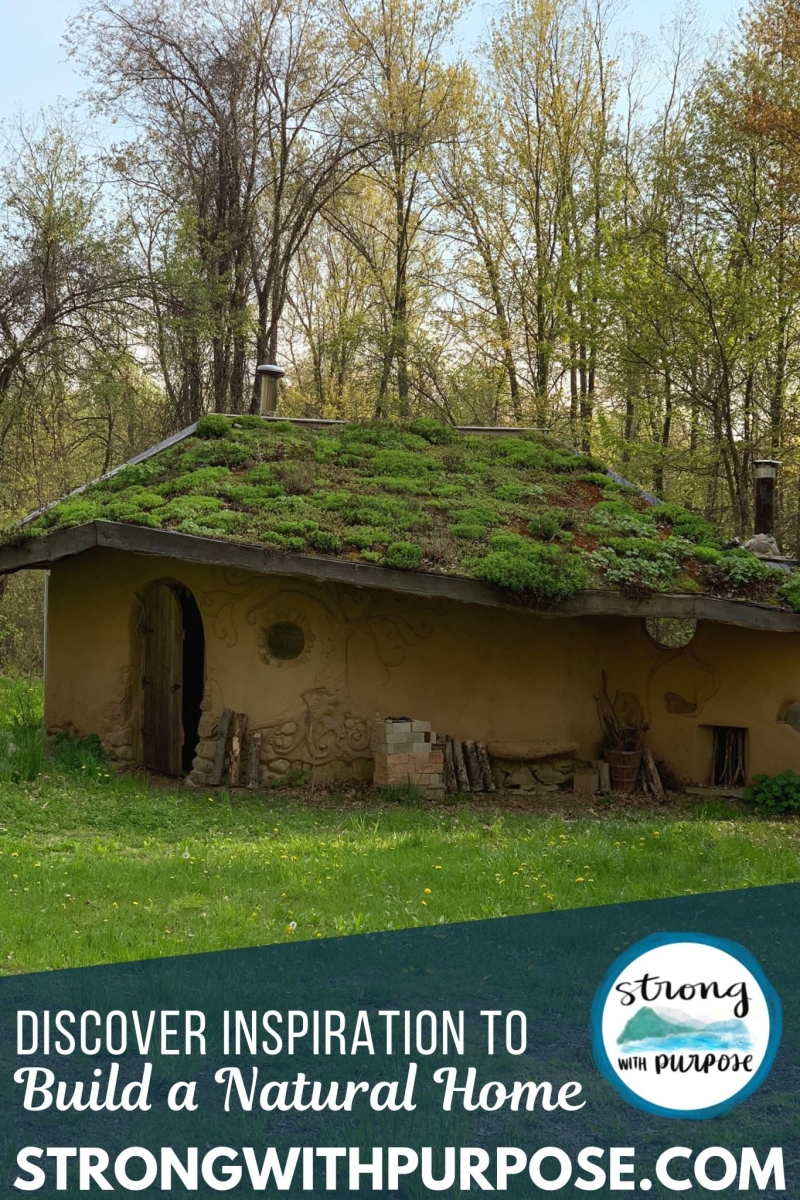
Resources for Building Natural Homes
I highly recommend picking up the book Prescriptions for a Healthy House: A Practical Guide for Architects, Builders & Homeowners. This book addresses all potential questions and concerns that you will encounter when researching how to build a natural home. It is written by the creators of EcoNest®, which is a building system that uses timber-frame, straw-clay walls, earth plasters, and natural non-toxic finishes. EcoNest® also hosts workshops to teach their building methods, and their website is a great source of information.
The Institute of Building Biology + Sustainability is an organization that provides objective information and educational programs to promote a holistic, sustainable, and biology-ecological approach to building. The EcoNest® building system follows the principles of Building Biology.
The 25 Guiding Principles of Building Biology are as follows:
Healthy Indoor Air
- Supply sufficient fresh air and reduce air pollutants and irritants
- Avoid exposure to toxic molds, yeasts, and bacteria as well as dust and allergens
- Use materials with a pleasant or neutral smell
- Minimize exposure to electromagnetic fields and wireless radiation
- Use natural, nontoxic materials with the least amount of radioactivity
Thermal and Acoustic Comfort
- Strive for a well-balanced ratio between thermal insulation and heat retention as well as indoor surface and air temperatures
- Use humidity-buffering materials
- Keep the moisture content of new construction as low as possible
- Prefer radiant heat for heating
- Optimize room acoustics and control noise, including infrasound
Human-Based Design
- Take harmonic proportion and form into consideration
- Nurture the sensory perceptions of sight, hearing, smell, and touch
- Maximize daylighting and choose flicker-free lighting sources and color schemes that closely match natural light
- Base interior and furniture design on physiological and ergonomic findings
- Promote regional building traditions and craftsmanship
Sustainable Environmental Performance
- Minimize energy consumption and use renewable energy
- Avoid causing environmental harm when building new or renovating
- Conserve natural resources and protect plants and animals
- Choose materials and life cycles with the best environmental performance, favoring regional building materials
- Provide the best possible quality of drinking water
Socially Connected and Ecologically Sound Communities
- Design the infrastructure for well-balanced mixed use: short distances to work, shopping, schools, public transit, essential services, and recreation
- Create a living environment that meets human needs and protects the environment
- Provide sufficient green space in rural and urban residential areas
- Strengthen regional and local supply networks as well as self-sufficiency
- Select building sites that are located away from sources of contamination, radiation, pollutants, and noise
These principles all sound fantastic, don’t they? I believe all homes should be built to these principles. For more information, check out the website for the Institute of Building Biology + Sustainability.

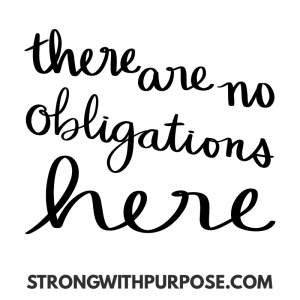
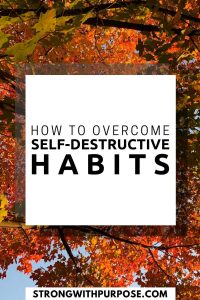

This is just in time as we’re getting ready to start building our next home!
That’s so awesome! I’m glad you found some inspiration in this post!
Thanks for a great post!
You’re welcome! 😊